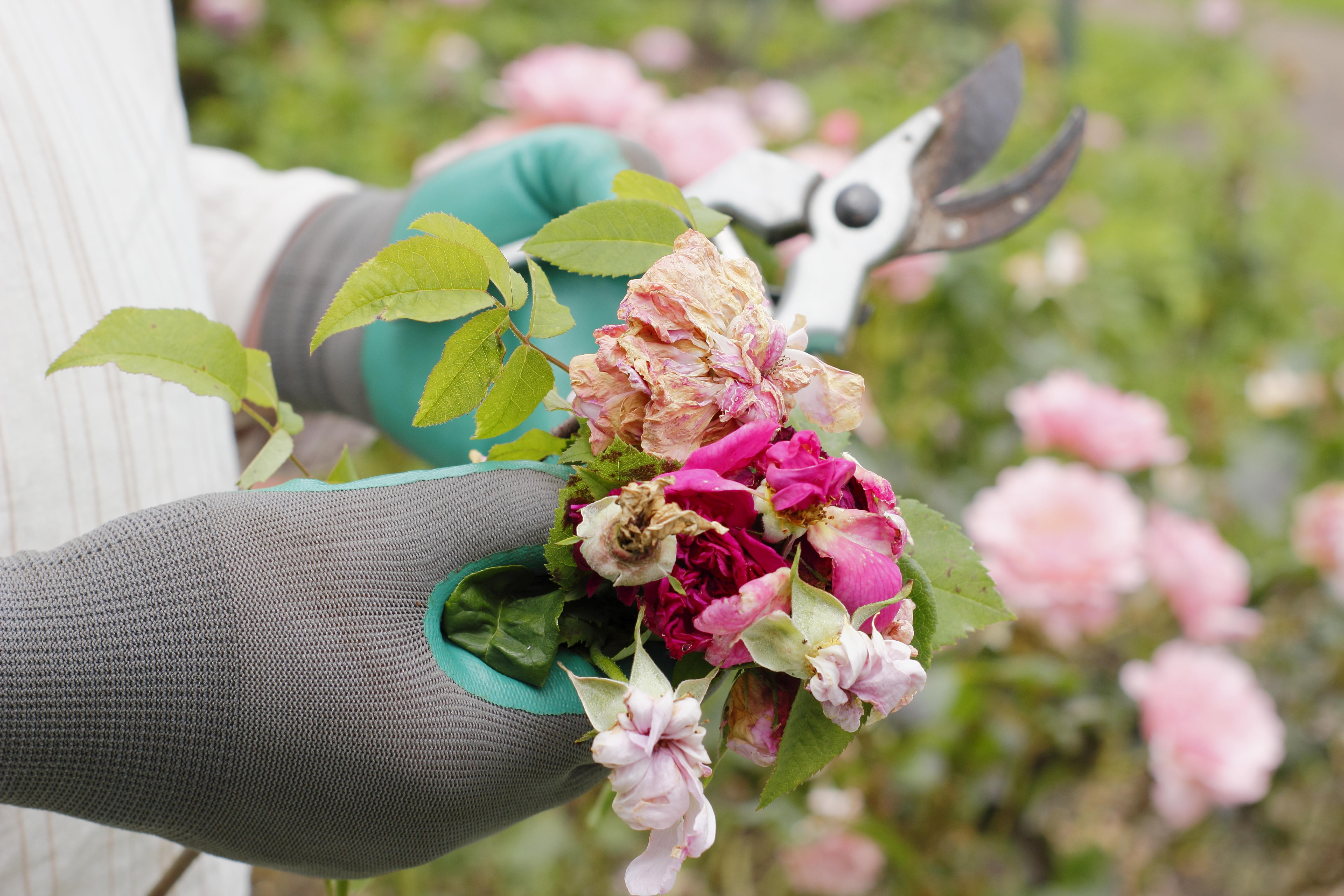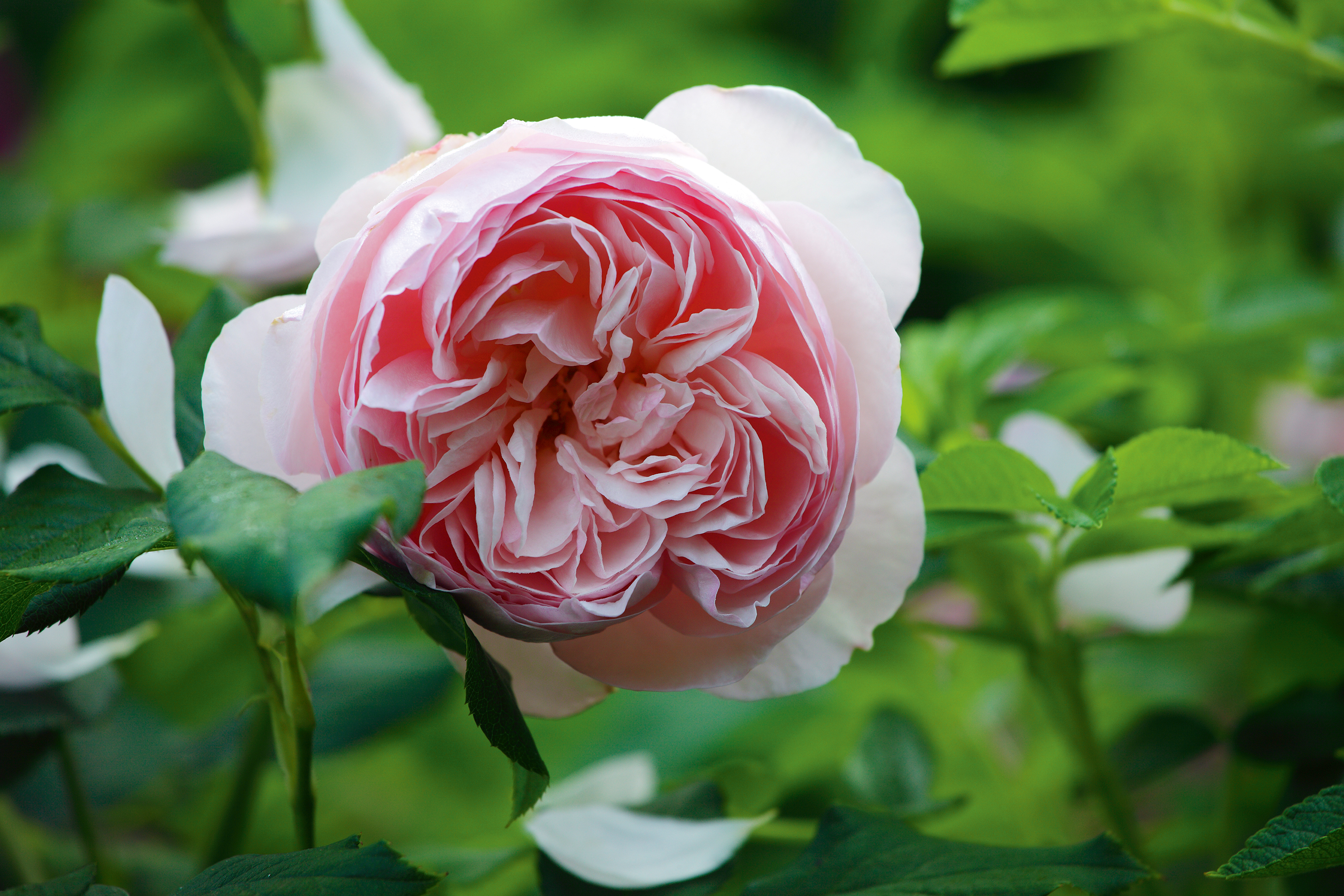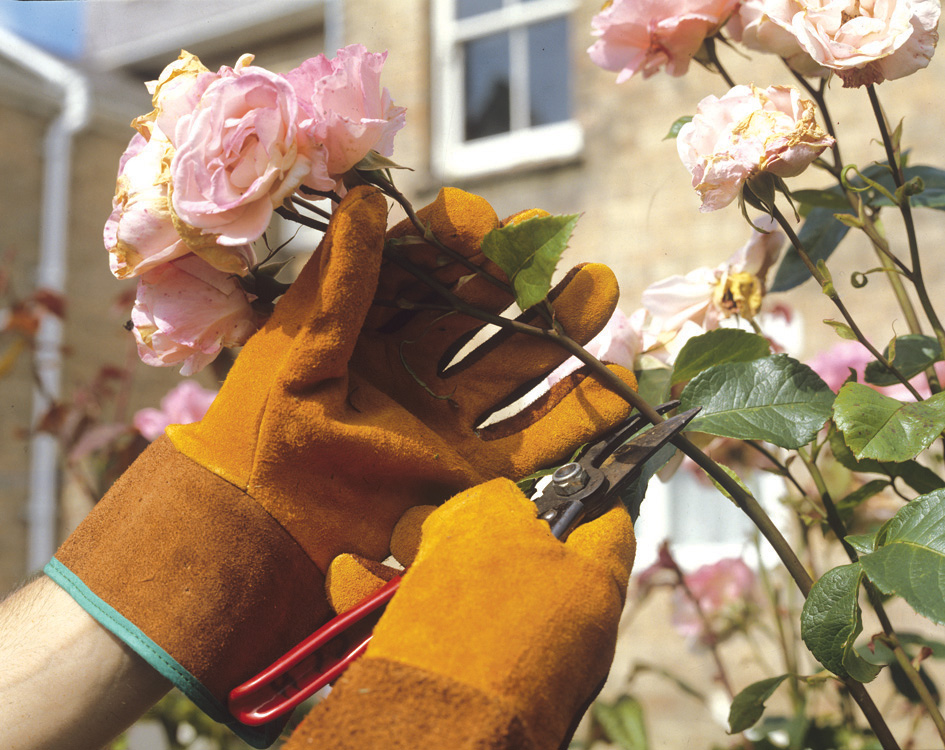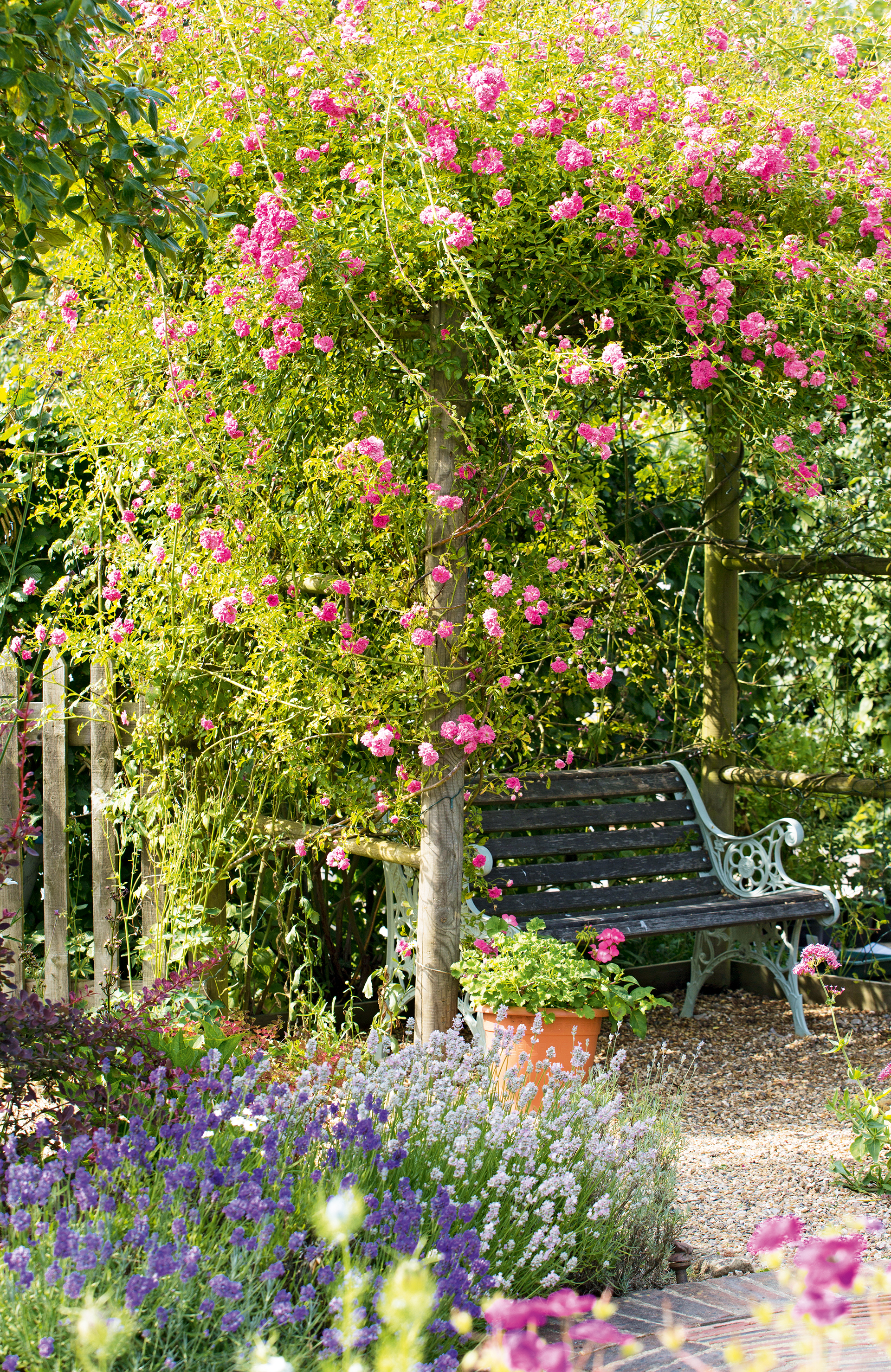How to deadhead roses – expert techniques for more blooms
Discover how to deadhead roses to keep them flowering for longer


Learning how to deadhead roses properly is incredibly easy and is vitally important not just for keeping your garden looking neat but so that you can get the most out of your roses, too.
Deadheading is simply a term for the removal of finished flower heads. Deadheading roses not only neatens up the appearance of the rose but, with repeat flowering varieties, it encourages further blooms throughout the season.
If faded flowers are left on the plant it can delay the production of new shoots below the old flower cluster, so removing them will speed up nature’s process.
So, when you plant roses, make a mental note that this will be a gardening job you'll need to add to your list, usually around July. And if you are designing a rose garden, you will need to ensure you set aside time every weekend in high summer for deadheading.
How to deadhead roses

To deadhead your rose garden ideas, you will need a pair of gardening gloves and some good secateurs or deadheading snips. Note that deadheading is not the same as pruning climbing roses to keep them in good shape, nor is it the same as taking rose cuttings for propagation.
Deadheading roses can be done in two stages:
1. Snap off individual blooms
As the individual blooms in a cluster fade these can simply be snapped off by hand directly beneath the flowerhead.
Design expertise in your inbox – from inspiring decorating ideas and beautiful celebrity homes to practical gardening advice and shopping round-ups.
Removing these individually as they go over will maintain the display and will give back buds more room to bloom.

2. Remove an entire truss
When all the flowers on a cluster have gone over then the whole truss can be removed. Trace the stem back to the first leaf joint, and using secateurs, snip off the cluster just above this point. This will also improve the overall shape of the rose.

If yours is a hip-producing rose then you may not want to deadhead roses, as hips can bring decorative interest and color to a fall garden. Deadheading finished blooms on hip-producing roses will prevent the hips from forming.
Where do you cut roses when deadheading?
'To deadhead roses with scissors or secateurs, cut just beneath the base of the dead flower where it joins the stem. You don't need to use scissors; pinching or snapping the rose head off the stem will work just as well,' says Rachel Crow, Homes & Gardens' garden expert.
Should you cut off dead rose blooms?
You should cut off dead rose blooms. If you cut off dead rose blooms, not only will you be left with a neater looking plant, but you will also encourage the growth of new flowers throughout the summer.
When should you stop deadheading roses?
You should stop deadheading roses in September; after that time, allow the spent flowers to develop into hips, and leave them that way until you begin pruning in late winter or early spring.

Pippa is a contributor to Homes & Gardens. A graduate of Art History and formerly Style Editor at Period Living, she is passionate about architecture, creating decorating content, interior styling and writing about craft and historic homes. She enjoys searching out beautiful images and the latest trends to share with the Homes & Gardens audience. A keen gardener, when she’s not writing, you’ll find her growing flowers on her yard for styling projects.